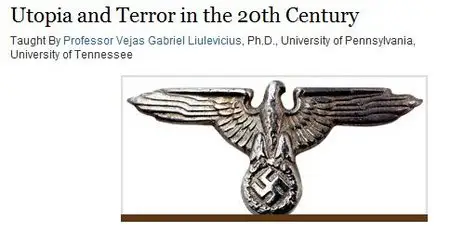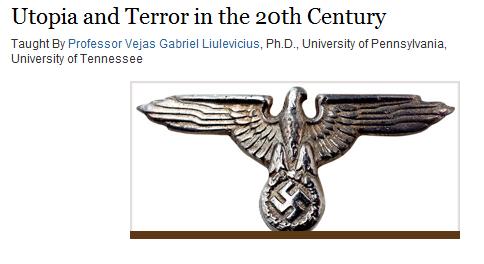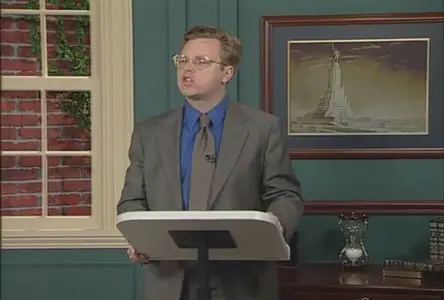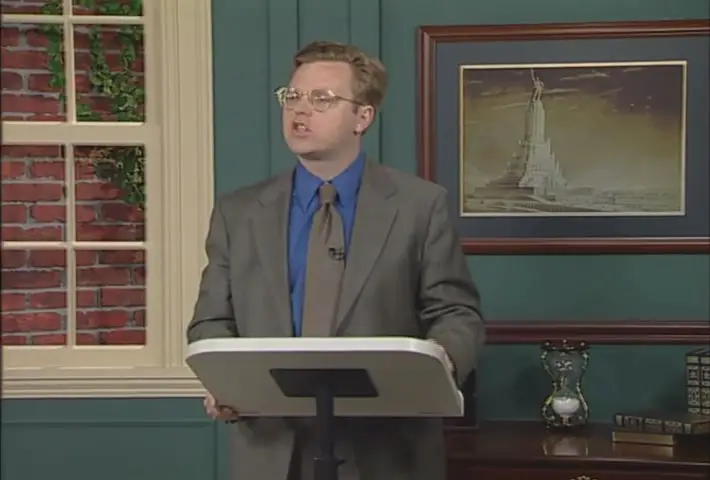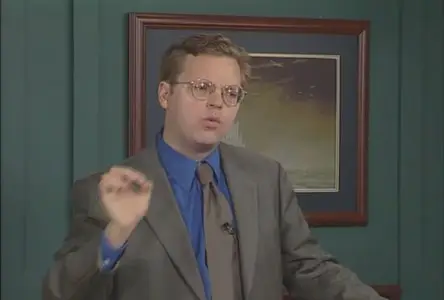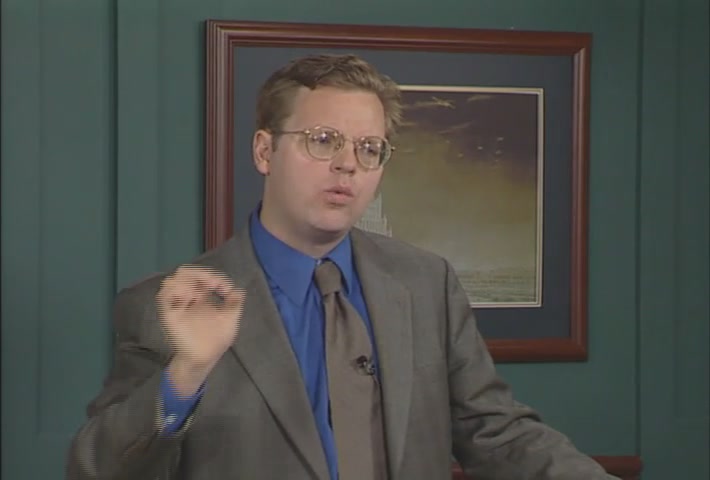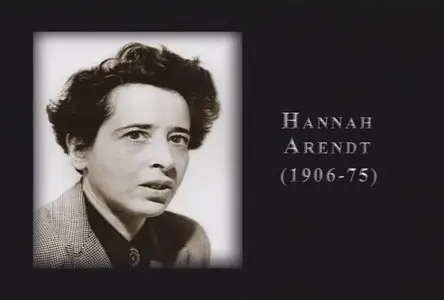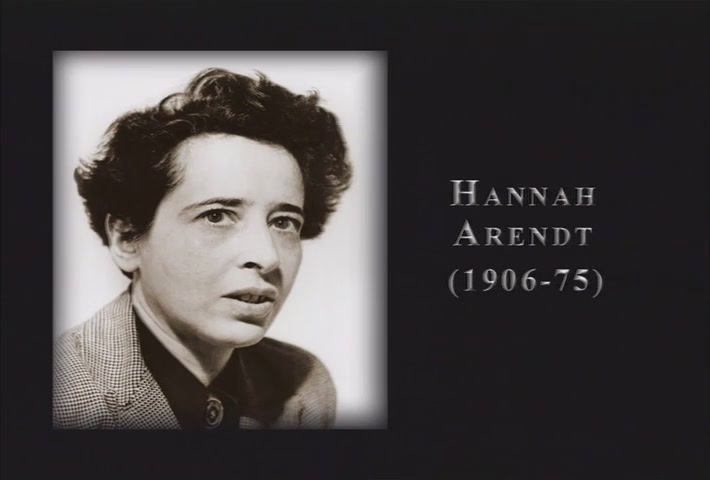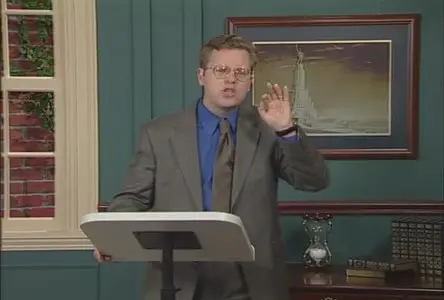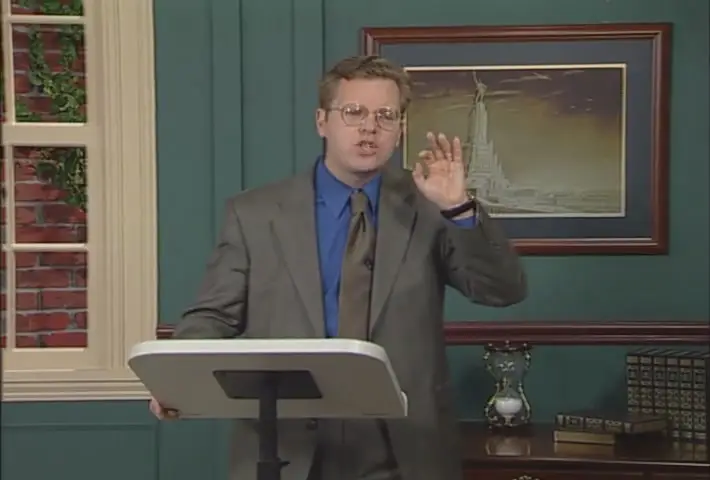TTC Video - Utopia and Terror in the 20th Century
English | MKV | 710 x 480 | AVC ~932 kbps | 29.97 fps
AAC | 128 kbps | 48.0 KHz | 2 channels | 12:23:42 | 5.46 GB
AAC | 128 kbps | 48.0 KHz | 2 channels | 12:23:42 | 5.46 GB
Genre: elearning / lectures on history
This is the premise of Utopia and Terror in the 20th Century. Professor Vejas Gabriel Liulevicius traces the violent history of that era, beginning with its early roots in the American and, especially, the French revolutions. With each passing lecture, you will see how the 20th century's violence was the result of specific historical developments that eventually combined, with explosive results.
From the trenches of World War I to Nazi Germany to Saddam Hussein's Iraq, the 20th century was a time of unprecedented violence. According to best estimates, in that 100-year span more than 200 million people were killed in world wars, government-sponsored persecutions, and genocides.
Such monumental violence seems senseless. But it is not inexplicable. And if we can understand its origins, we may prevent even greater horrors in the century to come.
This is the premise of Utopia and Terror in the 20th Century. Professor Vejas Gabriel Liulevicius traces the violent history of that era, beginning with its early roots in the American and, especially, the French revolutions. With each passing lecture, you will see how the 20th century's violence was the result of specific historical developments that eventually combined, with explosive results.
The Fuse that Made the 20th Century Explode
The French Revolution proved that ideological movements could mobilize the public and, when willing to use violence, could indeed transform society.
The Industrial Revolution and subsequent technology created vastly more powerful weapons—including some that were entirely new, such as the airplane and rocket—that raised the potential for bloodshed to new heights.
Charles Darwin's theory of natural selection was perverted into Social Darwinism and eugenics: racist pseudosciences that provided excuses to repress or eliminate entire groups of people.
These events created a dangerous backdrop for the most sinister development of all. This was the notion that utopia was not just a perfect paradise to look forward to in the afterlife. Instead, utopia could be built right now, in this life.
Such 20th-century ideologies as Marxism, Nazism, Communism, and Fascism embraced this idea willingly—even enthusiastically—and used terror to implement it. These ideologies functioned as political religions, demanding fanaticism, commitment, and sacrifice in return for an ultimate reward in this life rather than the next.
Understanding Totalitarian Governments: Gangsters and Machines
Professor Liulevicius offers an intellectual framework though which to understand the totalitarian governments of the last century or, for that matter, of today. Such governments, and the terror they spread, share key characteristics and strategies.
For example, their leaders can be seen not as politicians but as mobsters, an organized conspiracy that uses criminal methods inspired by gangsters. They gain and maintain power by manipulating masses of people, often exploiting societies with many uprooted and alienated citizens, such as existed in Europe after World War I.
In addition, you will see that these regimes create fear and command allegiance through the use of "machines." These are not literally machines, but bureaucracies that carry out a set of deliberate, interrelated strategies. These include:
The cult of the leader, or the cult of personality. These make the dictator seem larger than life, or superhuman. After Italy annexed Ethiopia in 1936, Mussolini's followers declared him to be a new god in human form. In the Soviet Union, long ovations after Stalin's speeches were common, as no one wanted to be seen as the first to stop applauding.
The Big Lie, or deliberate distortions of the truth. During the Hundred Flowers Campaign, Mao Zedong seemed to promote free speech, then killed some half million dissidents when they came out in the open.
Secret police. An estimated 274,000 people worked with the East German secret police, the Stasi, from 1950 to 1989. When informers were added, this translated into one secret policeman for every 6.5 persons.
The media. Radio, film, and television were used to rewrite history and manipulate the masses. The Bolsheviks produced documentary films that made their October Revolution seem much more dramatic and deadly than it was (a common joke was that more people were injured during filming than in the actual event).
The portrait Professor Liulevicius paints is that 20th-century violence, while horrific and massive, was not chaotic or random but deliberate and calculated. Very often, it was based on precedent.
In using concentration camps, Hitler and Stalin essentially adopted a strategy that had first been employed by the Spanish in 1896 in Cuba and by the British against Dutch settlers during the Boer War (1899–1902).
Hitler's plan to exterminate Germany's Jews was inspired by the 1915 genocide of Armenians by the Turkish Ottoman Empire, an atrocity barely noticed by the international community. The fact that "no one remembered the Armenians," as Hitler is said to have declared, convinced him that his Final Solution would work.
Lessons Learned: A Hopeful Conclusion
In the final lectures, Professor Liulevicius considers recent figures such as Saddam Hussein and Osama bin Laden and assesses terrorism in the contemporary world. What is the future of terror? What lessons have been learned by the hard experience of the past century?
These questions hinge on several issues, including our attitudes toward human nature, our ability to remember and learn from past atrocities, and our use of technology. But an especially optimistic note is the notion of resistance. If the 20th century was plagued by repressive regimes, it was also blessed with those who resisted them.
Unlike the story of totalitarianism, which is about the state, the story of resistance is one of individuals who ignored personal risk to oppose violence. These "witnesses to the century," as Professor Liulevicius calls them, include novelists George Orwell and Aleksander Solzhenitsyn, Polish labor leader Lech Walesa, Pope John Paul II, and political philosopher Hannah Arendt.
00. Professor Bio.mkv
01. Defining Utopia and Terror.mkv
02. The Legacy of Revolutions.mkv
03. Omens of Conflict.mkv
04. World War I.mkv
05. Total War—Mobilization and Mass Death.mkv
06. Total Revolution in Russia.mkv
07. War's Aftermath—The Hinge of Violence.mkv
08. Communism.mkv
09. Stalin.mkv
10. Soviet Civilization.mkv
11. Fascism.mkv
12. The 1930's—The Low Dishonest Decade.mkv
13. Nazism.mkv
14. Hitler.mkv
15. World War II.mkv
16. Nazi Genocide and Master Plans.mkv
17. The Cold War.mkv
18. Mao.mkv
19. Cambodia and Pol Pot's Killing Fields.mkv
20. East Germany, the Soviet Union, North Korea.mkv
21. From the Berlin Wall to the Balkans.mkv
22. Rwanda.mkv
23. Saddam Hussein's Iraq.mkv
24. The Future of Terror.mkv
01. Defining Utopia and Terror.mkv
02. The Legacy of Revolutions.mkv
03. Omens of Conflict.mkv
04. World War I.mkv
05. Total War—Mobilization and Mass Death.mkv
06. Total Revolution in Russia.mkv
07. War's Aftermath—The Hinge of Violence.mkv
08. Communism.mkv
09. Stalin.mkv
10. Soviet Civilization.mkv
11. Fascism.mkv
12. The 1930's—The Low Dishonest Decade.mkv
13. Nazism.mkv
14. Hitler.mkv
15. World War II.mkv
16. Nazi Genocide and Master Plans.mkv
17. The Cold War.mkv
18. Mao.mkv
19. Cambodia and Pol Pot's Killing Fields.mkv
20. East Germany, the Soviet Union, North Korea.mkv
21. From the Berlin Wall to the Balkans.mkv
22. Rwanda.mkv
23. Saddam Hussein's Iraq.mkv
24. The Future of Terror.mkv
C:\Users\Administrator\Desktop\TTC - Utopia and Terror in the 20th Century\01. Defining Utopia and Terror.mkv
General
Complete name : C:\Users\Administrator\Desktop\TTC - Utopia and Terror in the 20th Century\01. Defining Utopia and Terror.mkv
Format : Matroska
File size : 233 MiB
Duration : 30mn 38s
Overall bit rate : 1 062 Kbps
Writing application : HandBrake 0.9.4
Video #1
ID : 1
Format : AVC
Format/Info : Advanced Video Codec
Format profile : Main@L3.0
Format settings, CABAC : Yes
Format settings, ReFrames : 2 frames
Muxing mode : Container profile=Unknown@3.0
Codec ID : V_MPEG4/ISO/AVC
Duration : 30mn 36s
Nominal bit rate : 932 Kbps
Width : 710 pixels
Height : 480 pixels
Display aspect ratio : 4:3
Frame rate : 29.970 fps
Resolution : 24 bits
Colorimetry : 4:2:0
Scan type : Progressive
Bits/(Pixel*Frame) : 0.091
Writing library : x264 core 79
Encoding settings : cabac=1 / ref=2 / deblock=1:0:0 / analyse=0x1:0x111 / me=hex / subme=6 / psy=1 / psy_rd=1.0:0.0 / mixed_ref=0 / me_range=16 / chroma_me=1 / trellis=0 / 8x8dct=0 / cqm=0 / deadzone=21,11 / chroma_qp_offset=-2 / threads=3 / nr=0 / decimate=1 / mbaff=0 / constrained_intra=0 / bframes=2 / b_pyramid=0 / b_adapt=1 / b_bias=0 / direct=1 / wpredb=0 / wpredp=2 / keyint=300 / keyint_min=30 / scenecut=40 / rc_lookahead=40 / rc=abr / mbtree=1 / bitrate=932 / ratetol=1.0 / qcomp=0.60 / qpmin=10 / qpmax=51 / qpstep=4 / ip_ratio=1.40 / aq=1:1.00
colour_primaries : BT.601-6 525, BT.1358 525, BT.1700 NTSC, SMPTE 170M
transfer_characteristics : BT.709-5, BT.1361
matrix_coefficients : BT.601-6 525, BT.1358 525, BT.1700 NTSC, SMPTE 170M
Audio #2
ID : 2
Format : AAC
Format/Info : Advanced Audio Codec
Format version : Version 4
Format profile : LC
Format settings, SBR : No
Codec ID : A_AAC
Duration : 30mn 38s
Channel(s) : 2 channels
Channel positions : L R
Sampling rate : 48.0 KHz
Resolution : 16 bits
General
Complete name : C:\Users\Administrator\Desktop\TTC - Utopia and Terror in the 20th Century\01. Defining Utopia and Terror.mkv
Format : Matroska
File size : 233 MiB
Duration : 30mn 38s
Overall bit rate : 1 062 Kbps
Writing application : HandBrake 0.9.4
Video #1
ID : 1
Format : AVC
Format/Info : Advanced Video Codec
Format profile : Main@L3.0
Format settings, CABAC : Yes
Format settings, ReFrames : 2 frames
Muxing mode : Container profile=Unknown@3.0
Codec ID : V_MPEG4/ISO/AVC
Duration : 30mn 36s
Nominal bit rate : 932 Kbps
Width : 710 pixels
Height : 480 pixels
Display aspect ratio : 4:3
Frame rate : 29.970 fps
Resolution : 24 bits
Colorimetry : 4:2:0
Scan type : Progressive
Bits/(Pixel*Frame) : 0.091
Writing library : x264 core 79
Encoding settings : cabac=1 / ref=2 / deblock=1:0:0 / analyse=0x1:0x111 / me=hex / subme=6 / psy=1 / psy_rd=1.0:0.0 / mixed_ref=0 / me_range=16 / chroma_me=1 / trellis=0 / 8x8dct=0 / cqm=0 / deadzone=21,11 / chroma_qp_offset=-2 / threads=3 / nr=0 / decimate=1 / mbaff=0 / constrained_intra=0 / bframes=2 / b_pyramid=0 / b_adapt=1 / b_bias=0 / direct=1 / wpredb=0 / wpredp=2 / keyint=300 / keyint_min=30 / scenecut=40 / rc_lookahead=40 / rc=abr / mbtree=1 / bitrate=932 / ratetol=1.0 / qcomp=0.60 / qpmin=10 / qpmax=51 / qpstep=4 / ip_ratio=1.40 / aq=1:1.00
colour_primaries : BT.601-6 525, BT.1358 525, BT.1700 NTSC, SMPTE 170M
transfer_characteristics : BT.709-5, BT.1361
matrix_coefficients : BT.601-6 525, BT.1358 525, BT.1700 NTSC, SMPTE 170M
Audio #2
ID : 2
Format : AAC
Format/Info : Advanced Audio Codec
Format version : Version 4
Format profile : LC
Format settings, SBR : No
Codec ID : A_AAC
Duration : 30mn 38s
Channel(s) : 2 channels
Channel positions : L R
Sampling rate : 48.0 KHz
Resolution : 16 bits
Screenshots
Exclusive eLearning Videos ParRus-blog ← add to bookmarks


